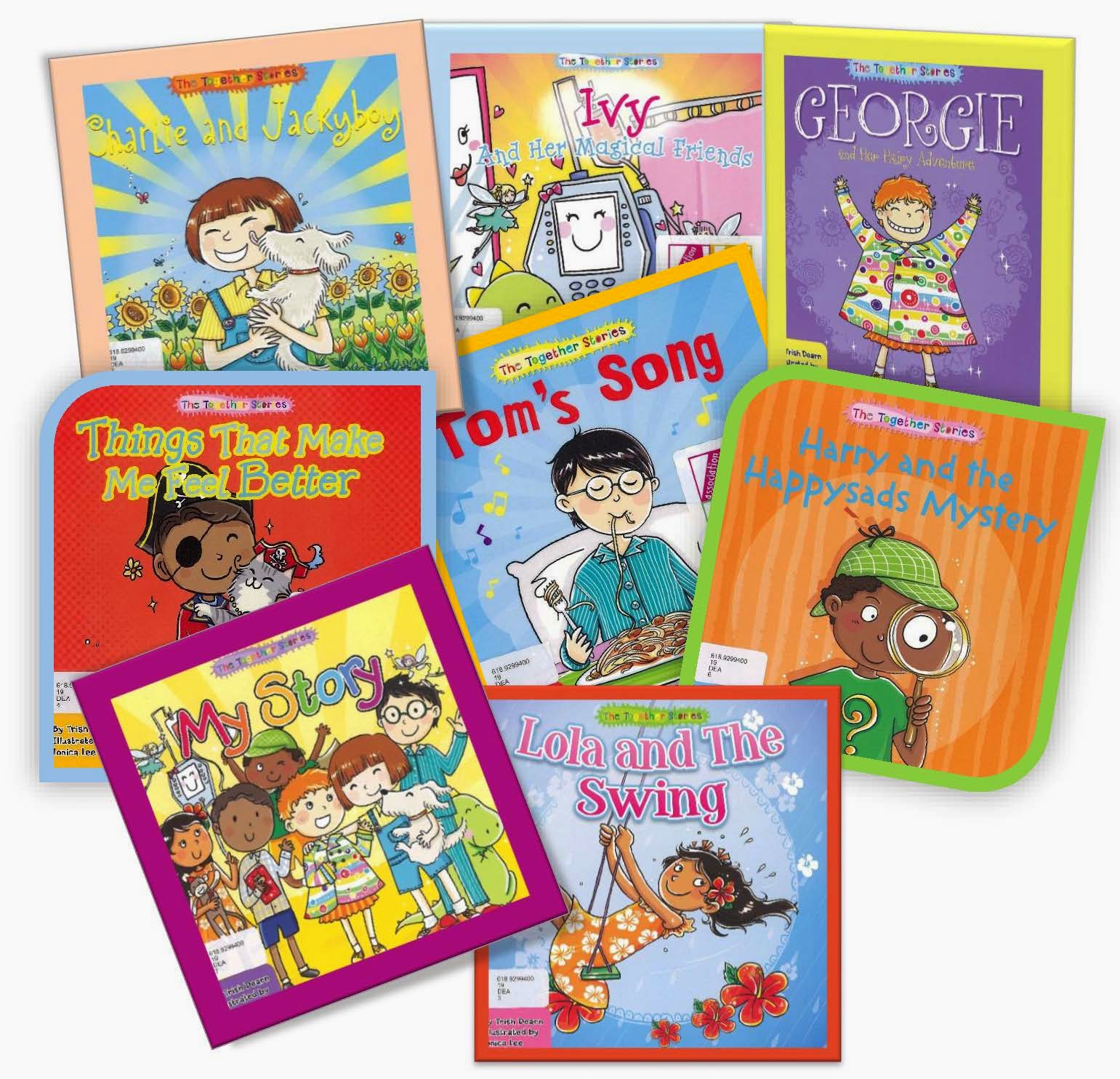“MG”, a dear friend of mine died recently. She had been fighting illness for over eight years and before thinking that is long enough, the health professionals who got to know her, regarded her as a miracle person. There were times of bounce back and return to health.
Even in the ill stages my friend was not known for sitting back, she took herself to and from treatment at different times for many years, was dynamic, stylish, generous and energetic. She had a spirit of compassion, acceptance of others and was also gifted with the ability to care. Her language of love included cooking fresh food from scratch, recipes came from the top of her head along with the dishes that just kept coming. MG always had a beautiful home and used her green thumbs to create a lush garden. Dance was a lifelong passion and included teaching seniors. Over recent years she cherished time with her grandchildren and cared for one grandson from nine months old for several days a week. With a sparkle in her eyes and a song in her voice, MG loved a lot and left many better off with her presence.
It was not easy for MG to be cared for in the last few months, having spent most of her life giving to others. Yet even at the end, in her fragile state, she reached out to her grandson and they began a little dance by the hospital bed. Hearing about this caught my breath away.
For much of his three years, this little boy had known Grandma was sick and also that she went to hospital. Recently, he watched nurses asking Grandma questions such as “what’s your name, birthdate and is this your medication?” Visiting Grandma in hospital meant he was an expert observer of Grandma’s care. It was a poignant moment for his mother, when she was about to take some medicine and her three-year old asked, “where’s your bracelet, what’s your name and birthdate?” With these words, I’m taken to a childish place.
This little boy’s parents had communicated about Grandma’s sickness and then her death. There are many children who are not given this opportunity, through circumstances and by parent or carer choice.
Children approaching a medical or surgical procedure are cared for by adults who are trained and experienced in pediatrics, they are “child-friendly”. However, children visiting sick adults in hospital are in an adult world with strange circumstances, sights and sounds. I wonder what children who face this experience think? Parents and carers are there to guide, comfort and help make sense of what is happening.
My friend MG and her grandson, had a unique way of observing life and death. Amidst the grief felt by families, children observe many things. I’ve learned that a child’s approach to death may catch adults by surprise and for at least a moment, take our breath away.
AWCH librarian
http://Library.awch.org.au
August 2015
Photograph: thank you to the children who created dancing grandmother, grandson and the special happy tree.







